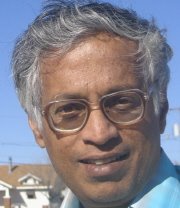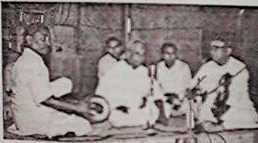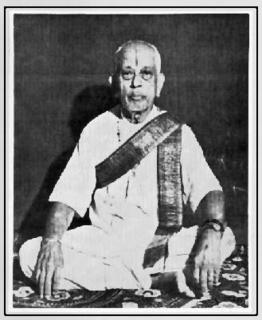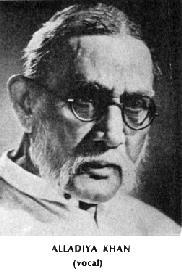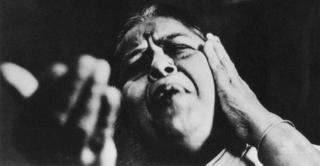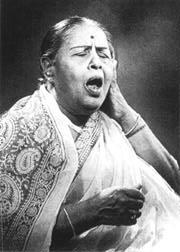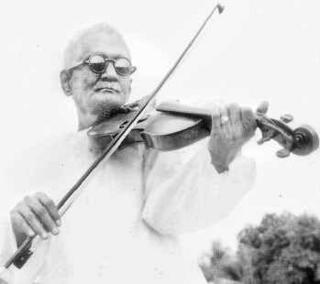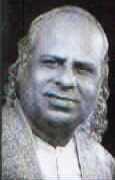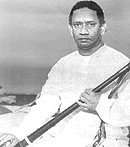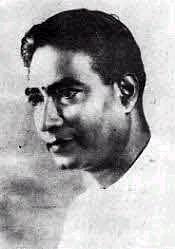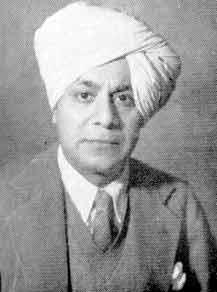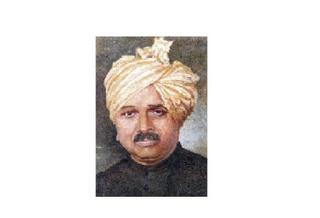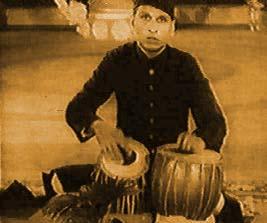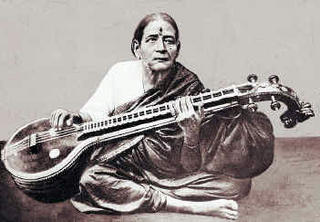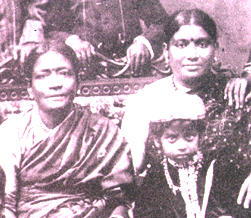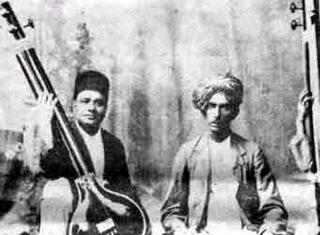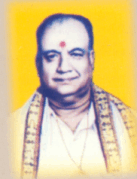Seshanna, his first name was Veena
Dr. K.Rohiniprasad
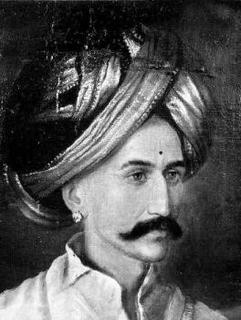
The Tanjore tradition of Carnatic music continued to flourish at the court of Mysore under the Wodeyars who were appointed rulers after Tippu Sultan’s defeat. A well-known Veena player named Venkatasubbayya (d 1838) was brought to
Seshanna was initiated into the art of Veena playing by his father, Bakshi Chikka Ramappa. He turned out to be a child-prodigy, performing by the age of ten a complex Pallavi in front of the king and other court musicians. The young genius continued to win accolades and soon rose to eminence. At the age of sixteen Seshanna lost his father but continued with music lessons from a relative named Dodda Seshanna. He also learnt singing from Mysore Sadashiva Rao (1802-82), who was trained earlier by the Walajapet group of Tyagaraja’s disciples. Seshanna learnt Tyagaraja’s compositions from Sadasiva Rao, who was the first to bring Tyagaraja's musical tradition to
The reign of Krishnaraja Wodeyar (1902 to 1940) saw the rise of eminent artists and great composers like Veena Seshanna, Bidaram Krishnappa, Vasudevacharya, Muthiah Bhagavathar and others. Other great musicians including Veena Dhanammal, Ariyakkudi Ramanuja Iyengar and Tiger Varadachariar, as well as Hindustani musicians like Abdul Karim Khan regularly performed at the
Seshanna was a colossus and an innovative performer of the Veena. A brilliant composer, he left behind several swarajatis, varnams, kirtanas, Devarnaamas and tillanas that are based on complicated rhythmic patterns like Sankirna Triputa, Misra Chaapu, Chaturasra Triputa and Khanda Mathya Tala. His wrote his Kritis in Telugu and Devarnamas in Kannada. The king bestowed upon him the title Vainika Sikhamani and soon Veena became his first name.
Seshanna became a legend in his own life-time and other princely states vied with each other in inviting to perform and showering gifts and titles on him. Many sabhas, institutions, Mutts and temples honoured him. The Maharaja of Baroda invited Seshanna to a music festival in
A man of great humility, Seshanna used to say that his fingers were yet to capture in full the grandeur of some of the classical ragas. He would happily and readily perform for any genuine music-lover. One of Seshanna’s disciples, Venkatagiriappa was the guru of the well-known contemporary Veena player Mysore Doreswami Iyengar. An auditorium built in
